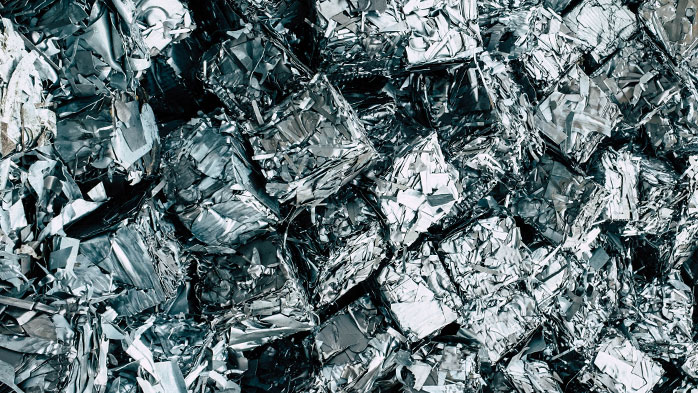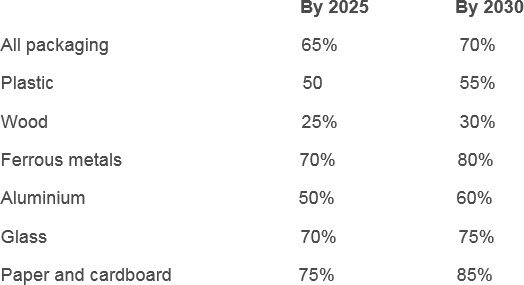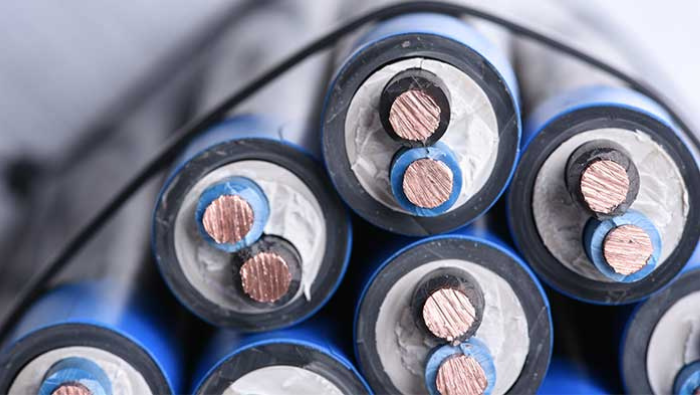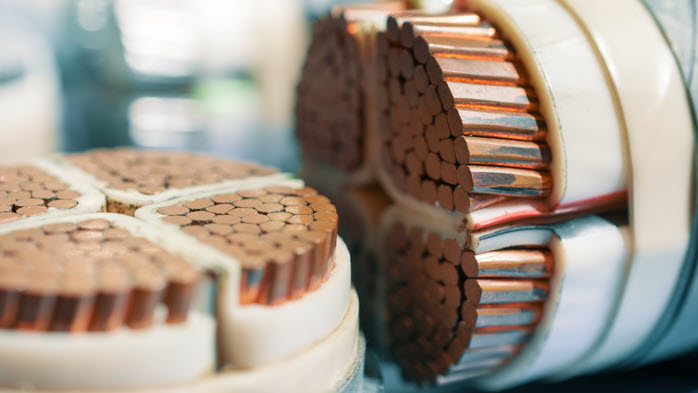
Incorporating waste package legislation agreed to between EU ambassadors and the European Parliament in December 2017, the EU’s new Circular Economy Package aims to encourage the creation of a circular economy whereby resources remain in use for as long as possible through closed recycling loops.
In doing so, the new legislation requires that all member states adopt legally binding targets for waste recycling and the reduction of landfilling. The municipal waste recycling target is set to 55% by 2025, 60% by 2030, and 65% by 2035. Simultaneously, the EU Package aims to reduce the amount of municipal waste landfilling in Members States to no more than 10% by 2035. The Circular Economy Package subsequently encourages a 30% reduction in food waste by 2025, and a 50% reduction by 2030.

Consistent with the concept of a circular economy, the new legislation establishes minimum requirements for extended producer responsibility (EPR) schemes. Under these schemes, a producer’s responsibility for a product is extended through to the waste stage of a product’s life cycle in order to minimise waste disposal.
While the majority of EU member states already implement some form of EPR schemes for packaging, the manner of implementation varies from mandatory legislation through to voluntary agreements between government and industry and voluntary initiatives. As part of the new legislation, the EU requires that member states establish a mandatory EPR scheme for all packaging by 2025.
As an infinitely recyclable metal, aluminium represents an ideal material for the circular economy model whereby everything, at the end of its product lifecycle, is recycled into something else. As a result, around 75% of all the aluminium ever produced is still in use today.
Aluminium beverage cans and aluminium foil are widely used across the beverage and food packaging industries. In 2017, can end stock and can body stock manufacturing in Western Europe utilised approximately 618,000t of aluminium sheet while foil stock applications accounted for around 740,000t.
Europe is in a particularly strong position with respect to aluminium recycling.
Kelly Driscoll Research Manager
According the European Aluminium Association, Europe is currently the world leader in aluminium recycling, with over 90% of aluminium recycled in the construction and automotive sectors and 55% of all aluminium packaging. This total increases to 60% when incorporating aluminium recovered from the incineration of laminated foil packaging whereby non-oxidised aluminium is extracted from the bottom of the incinerator and subsequently recycled.
In addition, aluminium scrap remains in strong demand and access to scrap remains problematic in light of a surging export market. Currently accounting for around 33% of Western Europe’s total metal requirement, annual demand for aluminium scrap (including direct use of scrap) is forecast to grow at a 1% CAGR between 2017 and 2022. Estimated at 3.5 million tonnes in 2017, by 2022, CRU forecasts annual demand for aluminium scrap in Western Europe to strengthen to 3.7 million tonnes.
Ultimately, this legislation should result in higher quantities of high-quality packaging, directly available for closed loop recycling. Due to its characteristics as a permanent material that can be recycled multiple times with no loss of quality, the use of aluminium in packaging applications is expected to increase as part of Europe’s transition towards a circular economy.
The Waste package legislation will enter into force 20 days after publication in the Official Journal.
Explore this topic with CRUThe Latest from CRU

Key takeaways from CRU’s Wire and Cable Amsterdam conference
CRU held its seventeenth consecutive Wire and Cable conference in Amsterdam, during 24–26 June 2024. Day 1 kicked off with a warm welcome to around 200 conference...


